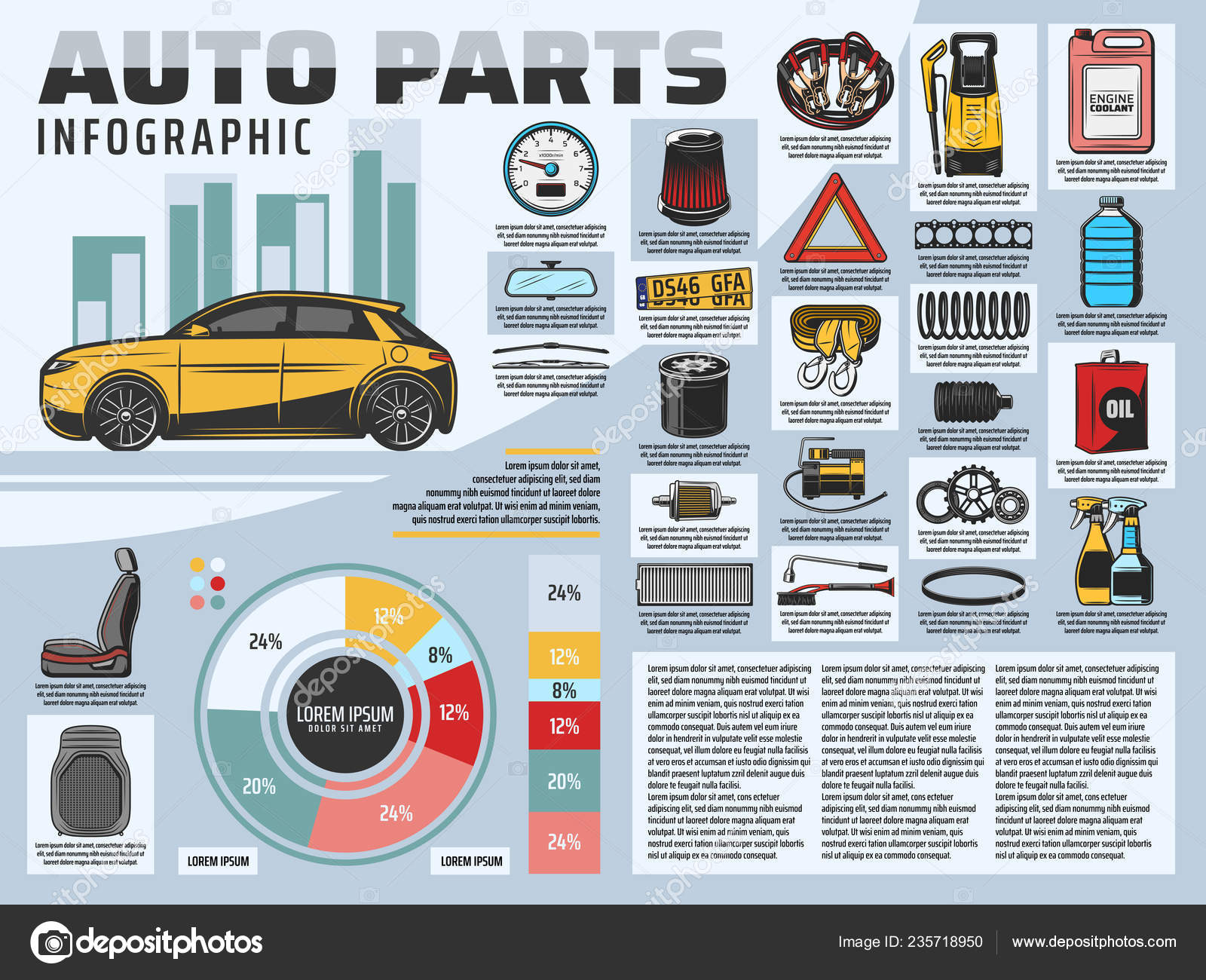Comprehending Your Car'S Caution Lights: What Do They Actually Mean?
Comprehending Your Car'S Caution Lights: What Do They Actually Mean?
Blog Article
Authored By-Boye Corbett
When you lag the wheel, those glowing caution lights on your dashboard can be a little bit perplexing. Do you recognize what they're trying to tell you about your car's health and wellness? Comprehending the relevance of these lights is important for your safety and security and the durability of your lorry. So, the next time among those lights pops up, would not you wish to decipher its message precisely and take the essential steps to resolve it?
Common Warning Lights and Interpretations
Determine usual warning lights in your auto and recognize their definitions to make sure risk-free driving.
The most normal caution lights include the check engine light, which signifies issues with the engine or emissions system. If auto marine detailing comes on, it's important to have your car examined promptly.
The oil pressure alerting light shows low oil pressure, requiring instant focus to stop engine damage.
A blinking battery light might suggest a defective billing system, possibly leaving you stranded if not attended to.
The tire pressure tracking system (TPMS) light signals you to reduced tire stress, affecting vehicle security and gas effectiveness. Neglecting this can result in harmful driving problems.
The abdominal light suggests a problem with the anti-lock stopping system, endangering your capability to stop swiftly in emergency situations.
Last but not least, the coolant temperature warning light warns of engine overheating, which can lead to severe damage otherwise resolved promptly.
Comprehending these common warning lights will assist you address concerns promptly and preserve risk-free driving conditions.
Importance of Prompt Interest
Comprehending the common warning lights in your vehicle is just the first step; the importance of quickly resolving these warnings can't be stressed sufficient to guarantee your security when traveling.
When a caution light illuminates on your dashboard, it's your auto's way of connecting a potential problem that needs focus. Disregarding these cautions can lead to more serious issues later on, jeopardizing your security and potentially costing you extra in repairs.
Motivate focus to cautioning lights can protect against malfunctions and crashes. For example, a flashing check engine light can show a misfire that, if left neglected, could cause damage to the catalytic converter. Addressing this immediately can conserve you from a pricey fixing.
In a similar way, a brake system advising light may signal low brake liquid or worn brake pads, vital components for your safety when driving.
DIY Troubleshooting Tips
If you see a caution light on your control panel, there are a few DIY repairing pointers you can try before seeking specialist help.
pro detailing auckland is to consult your vehicle's manual to recognize what the specific caution light shows. Often the problem can be as easy as a loose gas cap setting off the check engine light. Tightening up the gas cap may solve the problem.
Another usual problem is a low battery, which can trigger numerous advising lights. Checking the battery connections for rust and ensuring they're safe could repair the problem.
If a warning light continues, you can try resetting it by disconnecting the auto's battery for a few minutes and then reconnecting it. In addition, examining your vehicle's fluid levels, such as oil, coolant, and brake liquid, can assist fix alerting lights connected to these systems.
Verdict
Finally, recognizing your cars and truck's warning lights is necessary for maintaining your vehicle running smoothly and securely. By without delay dealing with these alerts and recognizing what they mean, you can prevent costly repair services and possible failures.
Remember to consult your auto's manual for certain information on each alerting light and do something about it as necessary to ensure a trouble-free driving experience.
Keep educated, stay safe on the road!
